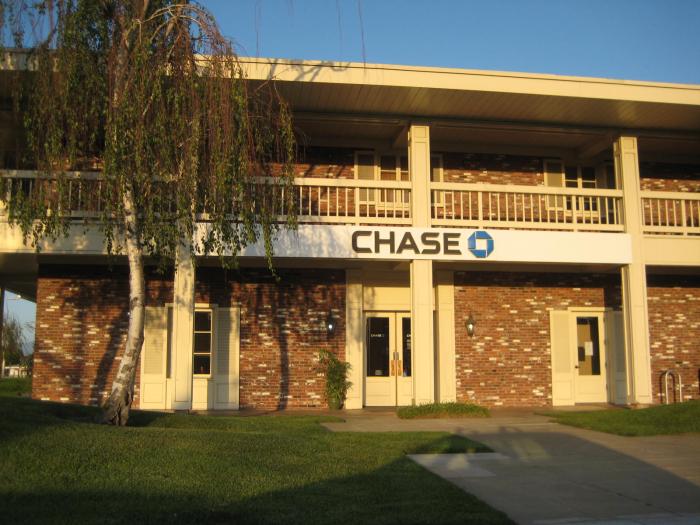

Before then, Congress had to approve every bond issuance. The first debt ceiling was established in 1917, when Congress passed the Second Liberty Bond Act.

To do this, it must also vote to raise the ceiling to cover expenses. Despite this limit, Congress can approve a budget with a deficit that’s more than the debt ceiling. The debt ceiling is the limit on how much the treasury can borrow. citizens, pension funds and foreign governments. It borrows money by selling Treasuries to investors like U.S. When this happens, the Treasury needs to make up the difference. Treasury.Ī deficit is when tax revenue is less than government spending. Managing the flow of money - collecting taxes and distributing funds - then falls on the U.S. It also sets taxes to pay for these expenses. Congress agrees on a budget for government spending on products and services such as the military, national parks and Social Security. So, what is the debt ceiling, and why is it so important?Įvery year, the U.S.
TOWER TRAX CHASE BANK BAKER LA PLUS
The country’s credit rating slipped to double-A plus for the first time in history. This brought the government close to default. debt was a low-risk investment.īut in 2011, Congress delayed raising the debt ceiling. These are called sovereign credit ratings and they indicate the likelihood of governments paying back their debt.įor years, the United States received the highest possible credit score, a triple-A sovereign credit rating from all three rating agencies. Just like individuals who apply for loans, countries receive credit ratings. For more research insights, visit /research. And thank you to our listeners for tuning in. Looking forward to talking to you again next month. SAM AZZARELLO: Mike, thanks for your time and insights. And then we had them on hold after that as well, though there is going to be some question as to whether perhaps November is in play if we see an acceleration from here. In terms of what this means for the Fed, I think the easy call is that they have a meeting at the middle of this month - September. Generally when we smooth through the ups and downs, we have been seeing cooling and I would expect that to continue, in part as some of the catch-up hiring that we’ve seen, which has been driving a lot of the employment gains as satisfied. MIKE FEROLI: So going forward I expect that we continue to see cooling like we have. What do you expect going forward and what are the implications for the Fed? SAM AZZARELLO: So if you had to characterize the labor market I guess right now, you already alluded to this idea that we have seen some cooling. So it is definitely a favorable development in terms of inflation concerns. We’re not quite there yet, but we’re moving in the right direction. So last November, Chair Powell threw out a bogey of 3.5% as being something that would be consistent with 2% inflation, and maybe 1.5% productivity growth. I guess, what level would be consistent with the Fed’s 2% inflation target? They were up 0.2% month over month, 4.3% on an annual basis. So then as a segue, talking specifically about average hourly wages, you mentioned they went up. You have still strong business activity but at the same time, perhaps some easing in wage inflation pressures. So overall picture, I don’t want to say Goldilocks, but it looks pretty good. And that perhaps fostered a more modest increase in wages. And that in turn contributed to an increase in the unemployment rate from 3.5% to 3.8%, which is the highest in about a year and a half.

So the participation rate moved up 2/10 to a cycle-high 62.8% driven by most demographic groups. However, offsetting this was a nice increase in labor supply. But still what we’re seeing is, employers continue to have apparently a pretty strong appetite for new employees. As you mentioned, we did see some downward revisions to prior months. So I think high level, we saw another strong month of labor demand. Overall, talk us through the report high level - what we saw and what the implications are. SAM AZZARELLO: So Mike, jobs in August came in stronger than expected but we saw jobs revise down for June and July.

Mike, Thanks so much for returning to the podcast. economist, to talk about the August jobs report. I’m joined today by Michael Feroli, our chief U.S. My name is Sam Azzarello and I lead content strategy for global research here at J.P. Morgan. SAM AZZARELLO: Welcome to Research Recap. Please enter a valid search, no special characters allowed.


 0 kommentar(er)
0 kommentar(er)
